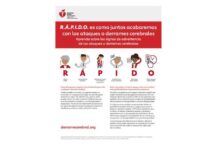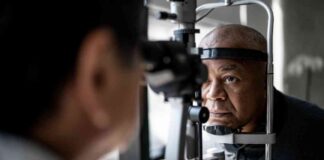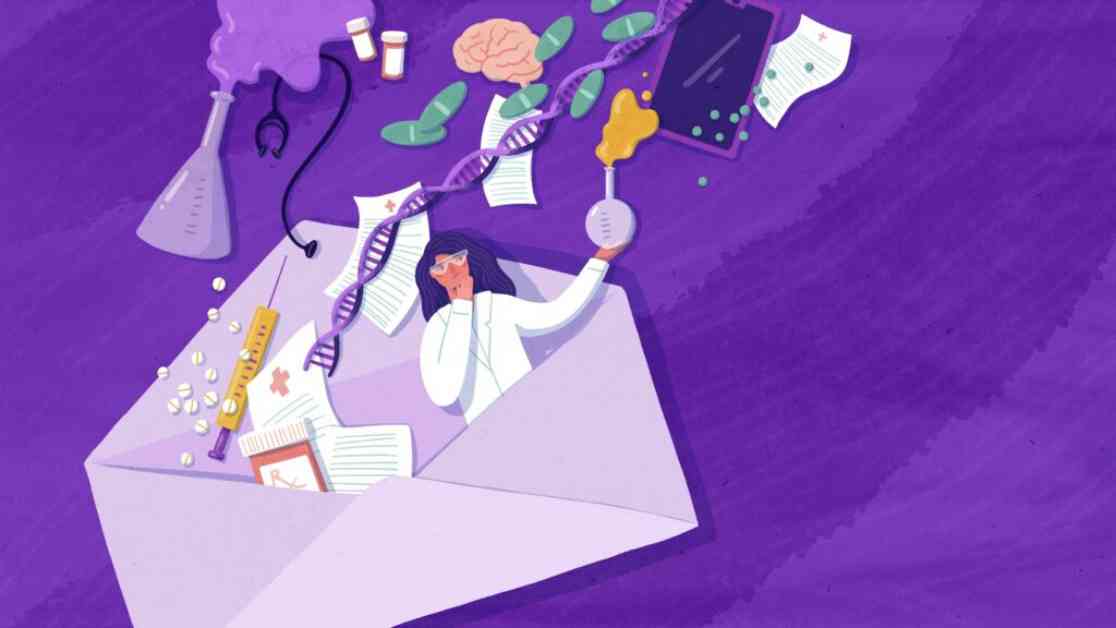Understanding the Scope of Medical Debt in America
Medical debt is a pressing issue in America, with more than $220 billion owed collectively by millions of Americans. This staggering amount is a result of the rising costs of healthcare, including insurance premiums, deductibles, co-pays, and out-of-pocket expenses. According to a report by the Consumer Financial Protection Bureau, around 20% of Americans have unpaid medical bills on their credit reports, affecting their credit scores and overall financial stability.
The burden of medical debt falls disproportionately on low-income individuals and families who struggle to afford necessary medical care. Many Americans are forced to choose between paying for healthcare and other essential expenses like housing, food, and education. This financial strain can have long-term consequences, leading to bankruptcy, damaged credit, and limited access to future healthcare services.
The Impact of Medical Debt on Individuals and Communities
For individuals facing medical debt, the consequences can be overwhelming. Many feel stressed, anxious, and powerless in the face of mounting bills and collection notices. Some may delay or forgo necessary medical treatments due to cost concerns, leading to worsened health outcomes and increased medical expenses in the long run.
Communities also feel the ripple effects of medical debt, as hospitals and healthcare providers struggle to collect payments from uninsured or underinsured patients. This can result in reduced access to care, decreased quality of services, and financial instability for healthcare institutions.
Addressing the Root Causes of Medical Debt
To effectively manage and reduce medical debt in America, policymakers, healthcare providers, and individuals must work together to address the root causes of this issue. This includes implementing policies to lower healthcare costs, increase access to affordable insurance coverage, and improve transparency around medical billing and pricing.
Additionally, individuals can take proactive steps to protect themselves from medical debt by understanding their insurance coverage, seeking out cost-effective healthcare options, and negotiating payment plans with healthcare providers. Financial literacy and advocacy are essential tools in navigating the complex healthcare system and mitigating the impact of medical debt on individuals and communities.
By raising awareness, advocating for policy changes, and empowering individuals to take control of their healthcare finances, we can work towards a future where medical debt is no longer a barrier to accessing quality healthcare services. It is crucial that we prioritize the well-being and financial security of all Americans, regardless of their income or insurance status.

















